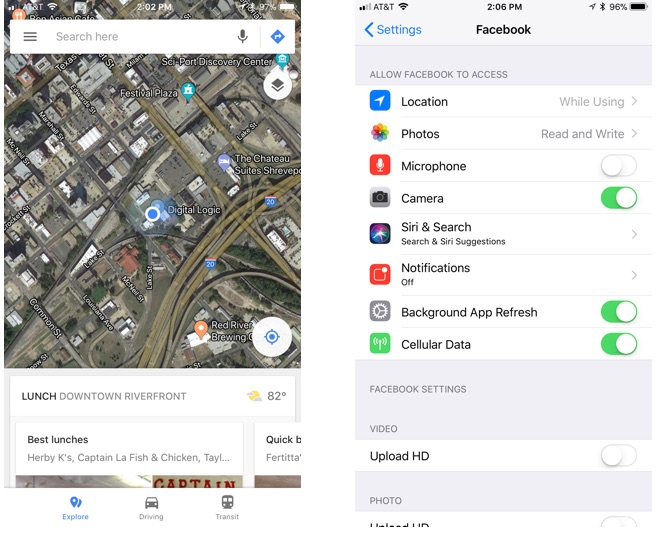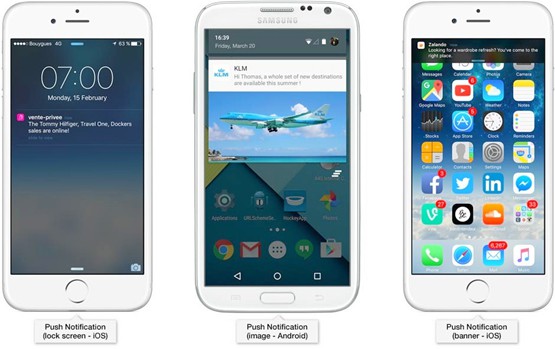Geo-fencing and geo-targeting are location-based services, meaning they use data related to where a device is physically located. Common examples include cellular data, Wi-Fi service, global positioning (GPS), satellite information and radio frequency identification (RFID). A geo-fence can be set up around any geographical region; once the device enters or leaves this “location boundary”, the device’s location information can be used to trigger a programmed action such as push notifications, SMS messages alerts or targeted advertising. Geofencing and geotargeting are commonly used for online advertising/marketing as well as other tracking and location services.Contact Oregon for Geo fencing advertising.

HOW DOES GEOFENCING AND GEO TARGETING ACTUALLY WORK IN MARKETING AND ADVERTISING?
A geofence (also known as a virtual perimeter) is an area designated around a specific location. A geofence can be drawn on Google Maps as a circle or square, for example, with GPS coordinates indicating the center of that boundary. When someone enters that area via his device, an alert can be triggered as specified by the targeting settings of an online marketing campaign or location service. Some software applications using geofencing technology even allow development using modern on-screen graphical interfaces (GUIs), so that more precise boundaries can be established by less sophisticated users.

Geofences are defined most commonly within code (web/mobile). However, users must first opt-in to app-specific location services for the geofence to work. Retailers can use this functionality to push alerts to customers who have downloaded their mobile app and also opted-in to location services.
Geofencing is a location-based software capability that allows you to define geographical boundaries around physical locations and then trigger certain actions when your mobile device enters or exits that area. Some lifestyle apps allow you to set up geofence functions that will automatically generate reminders if you enter or exit a specific location. Home automation services, such as those used for home security and energy management, can be programmed to automatically control Wi-Fi connected devices from anywhere with an Internet connection using smartphone apps. As the capabilities of geofencing increase and become more common, these automated functions are likely to become increasingly popular for home owners.
Geofencing is not just used in mobile apps. It has been used to control and track vehicles, containers and livestock, among other uses. Nearly every drone being made today is pre-programmed to accommodate geofencing; this technology may set up boundaries around airports, open-air venues and even the White House. The FAA has established barriers capable of stopping a drone in mid-air, while other triggers send warning messages to the user.
HOW IS GEOFENCING BEING USED IN MARKETING AND ADVERTISING?
Geofencing is a technology that uses GPS and other location data to trigger specific actions based on a consumer’s proximity to a store or another physical location. Geofencing could be used for marketing purposes, in order to immediately trigger sales or other actions, or it could simply be used to collect data about which times of day different shoppers visit certain stores.
Geofencing campaigns can be set up across multiple types of online advertising campaigns, such as search engine advertising, display advertising, remarketing, video advertising, etc.
